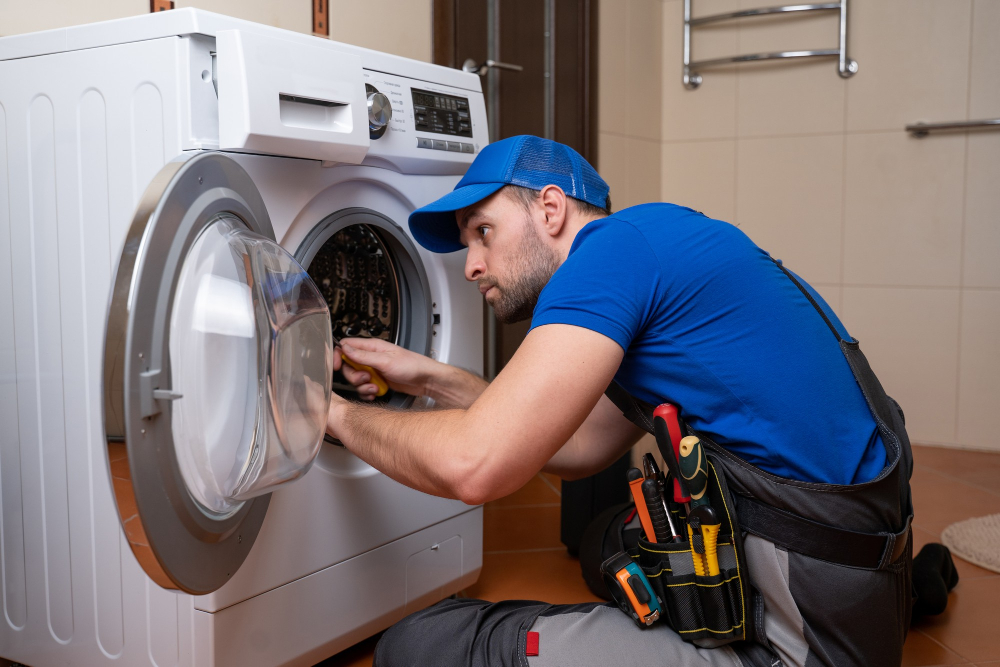
Is water pooling around your washing machine? A leaking washer can quickly escalate from a minor nuisance to a major problem, potentially damaging your home. This blog offers effective washer repair techniques for common problems related to water leaks, ensuring your machine runs smoothly without hassle.
One of the most frequent sources of water leaks in washing machines is damaged or aged hoses. Regular checks can prevent surprises, and replacing hoses every 3-5 years is a proactive step. Keep an eye on any signs of wear or leakage, as these components are crucial for the safe operation of your appliance.
For front-loading washers, a loose or worn-out door seal (also known as a gasket) can be the culprit behind water leaks. It's important to regularly inspect the seal for any tears or warping which might allow water to escape during a wash cycle. Cleaning the seal from trapped debris can enhance its effectiveness and prolong its life.
The drain pump, responsible for expelling water from your washer, can also leak if clogged or damaged. Regular cleaning helps prevent build-up that can block water flow, and inspecting the pump for damage is crucial. A malfunctioning pump leads to leaks and can impair your washer's ability to drain properly.
Overloading your washing machine can cause immediate and long-term issues. It strains the machine's mechanical parts and can misalign the door seal, leading to leaks. Follow the manufacturer's guidelines on load size to ensure optimal performance and prevent damage.
Start by visually inspecting all hoses connected to your washer for any signs of wear or damage. If you find cracks or leaks, replace the hoses immediately. Replacement hoses are relatively inexpensive, usually ranging from $15 to $30, and can be purchased from most hardware stores.
Examine the door seal closely for any cuts or stretches that might contribute to leaks. Cleaning the seal with a mildew-resistant cleaner can remove any trapped hair or debris. If the damage is significant, replacing the seal might be necessary, which is a straightforward procedure but might require a professional if you need more confidence in doing it yourself.
To access the drain pump, refer to your washer's manual and remove the necessary panels. Once accessible, check for and remove any obstructions in the pump. If the pump is damaged, consider replacing it to avoid future leaks and ensure efficient operation.
Ensure that each load of laundry conforms to the size recommended by your washing machine's manufacturer. Avoid the temptation to overload the machine to save time. Instead, distribute laundry into manageable loads to extend the life of your washer.
If these steps do not resolve the leaking issue, it might be time to call a professional. Complex issues, such as internal leaks or electronic malfunctions, require the expertise of a technician. Professionals like those at AMP Appliance can provide a comprehensive assessment and repair backed by a warranty for peace of mind.
Dealing with a leaking washer can be frustrating, but with the right approach, it's manageable. By understanding common causes and following through with regular maintenance, you can extend the life of your washing machine and avoid the inconvenience of unexpected breakdowns. If you need professional help, AMP Appliance offers expert washer repair and maintenance services. Don't let a leak disrupt your routine—contact us today.
As certified technicians, we repair all major appliance brands. Whether it’s Samsung, LG, Whirlpool, GE, or Bosch, we can fix your appliance.